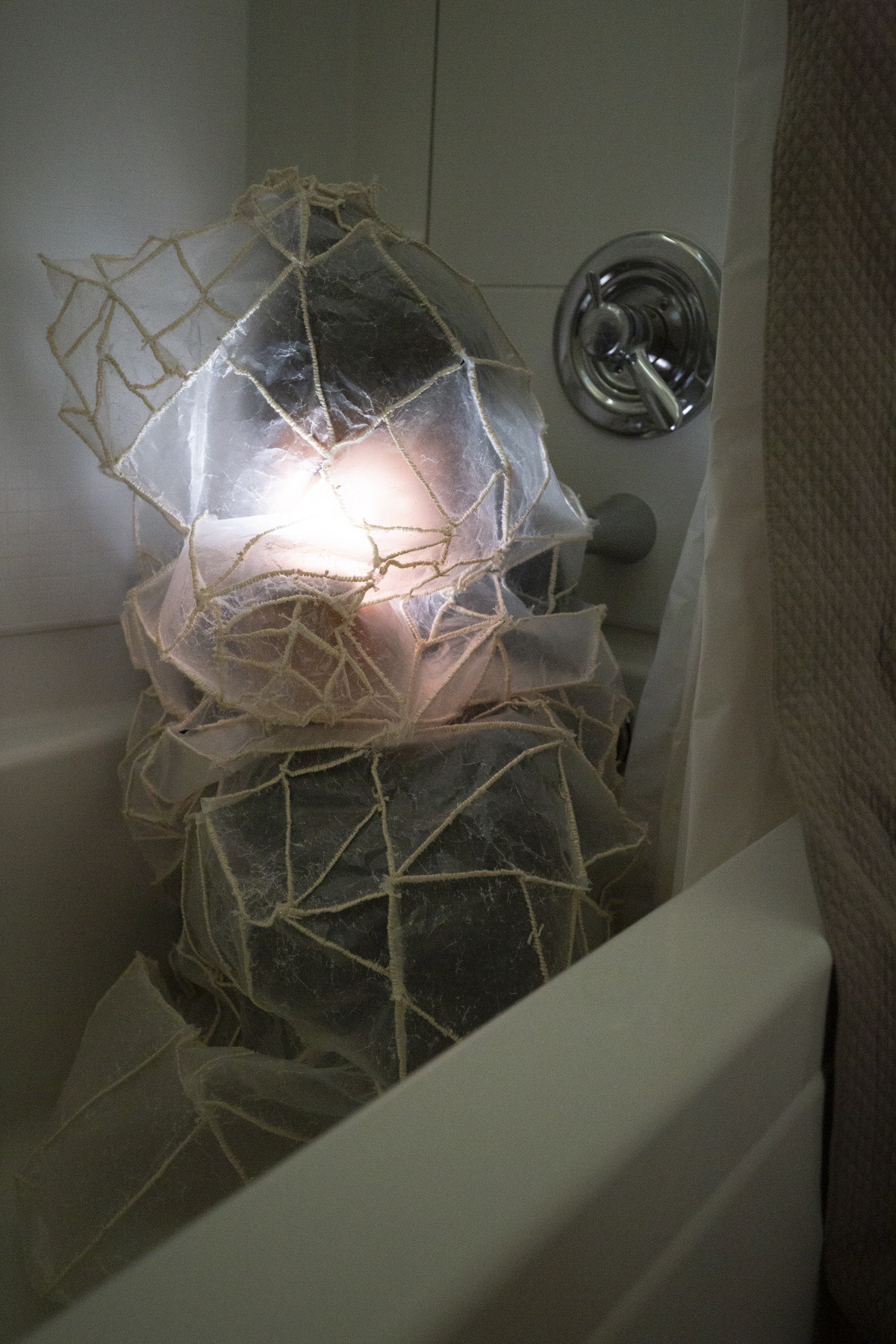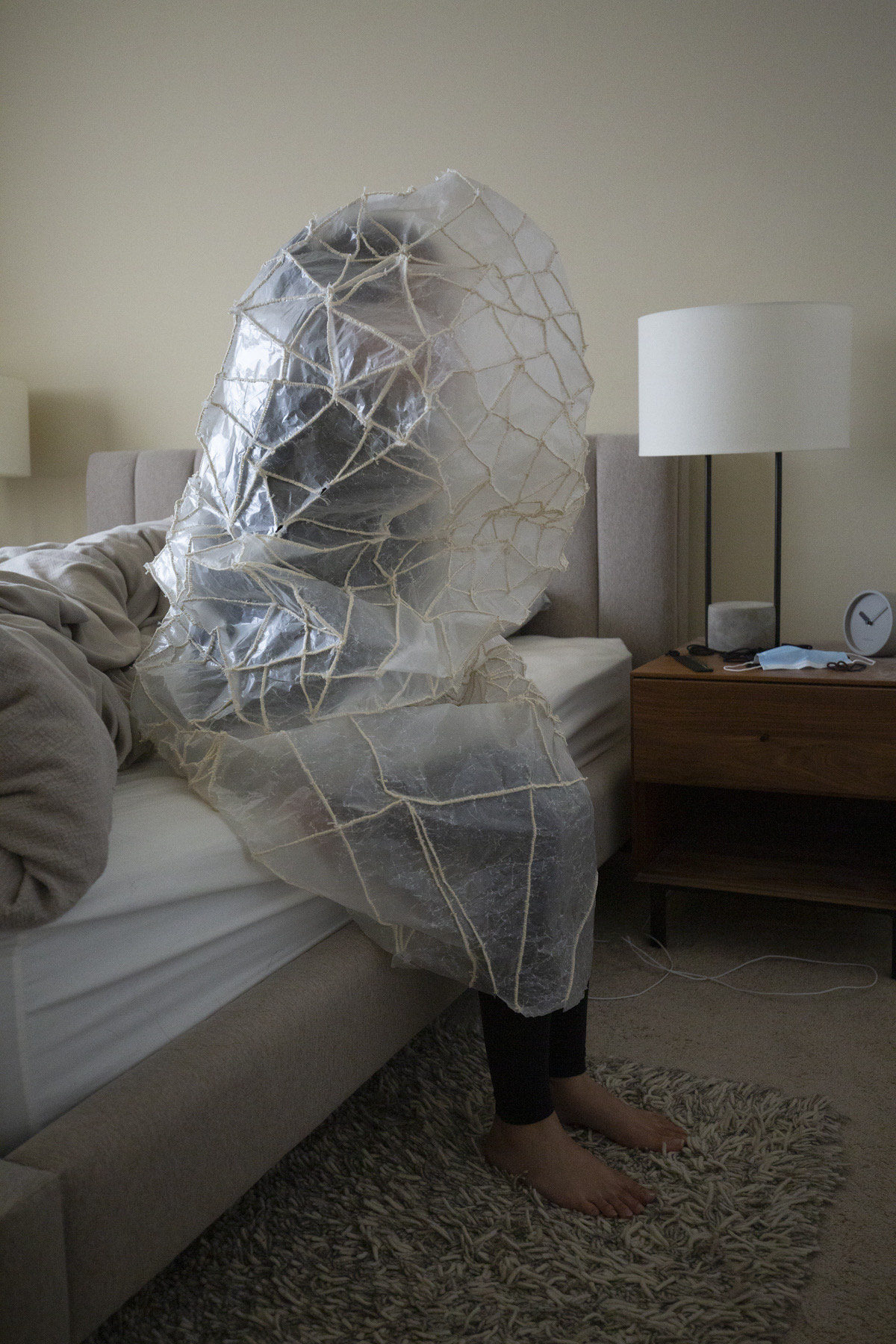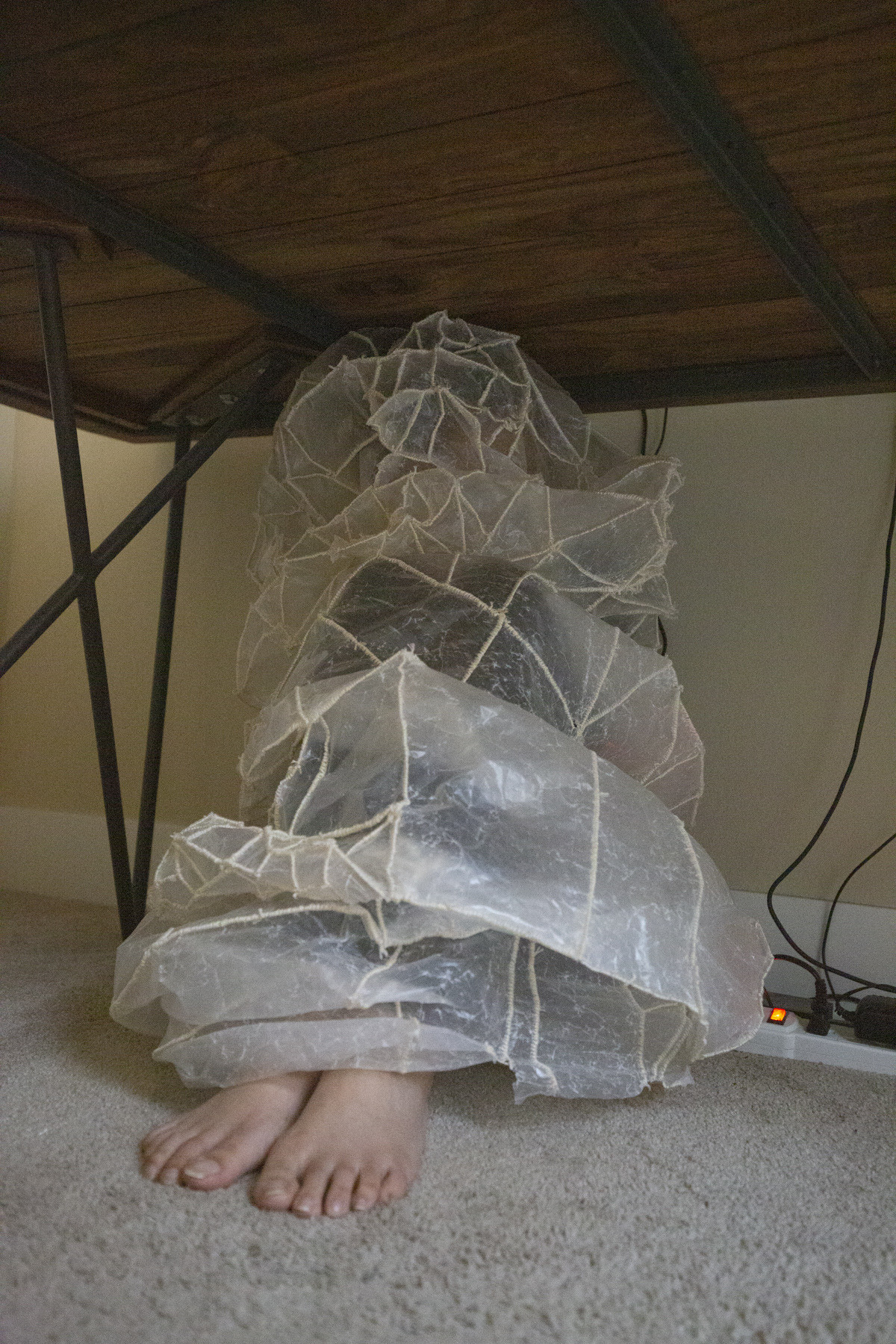diwangstudio.com

Artist Bio
Di Wang is a Seattle-based visual artist. She received her M.A. in Southeast Asian Studies from the University of Wisconsin Madison and a B.A. in Malay Language and Literature from Beijing Foreign Studies University. She has extensive experience in K-5 education and conducted various art projects in elementary schools. She teaches Chinese in Northwest Chinese School and Jing Mei Elementary School in Seattle. Her work was exhibited in at the 25 East Gallery in New York and she participated in the exhibition “Redirection” at Tree Art Museum in Beijing. Wang was a nominee for 2020 Outstanding Student Achievement in Contemporary Sculpture Award and she is a founding member and art director for Project Oasis, an online art therapy project created in response to the COVID-19 Pandemic.
Email: diwangstudio@gmail.com Instagram: @didiwangza

1. Blocks
2021
Ceramics
14” x 9” x 20”

2. Blocks
2021
Ceramics
20” x 9” x 14”

3. Blocks
2021
Ceramic
19” x 16” x 22”

4. Hide and Seek
2021
Wax paper, cotton thread
20’’ x 20’’ x 64’’

5. Hide and Seek
2021
Wax paper, cotton thread
20’’ x 20’’ x 64’’

6. Hide and Seek
2021
Wax paper, cotton thread
20’’ x 20’’ x 64’’

7. Hide and Seek
2021
Wax paper, cotton thread
20’’ x 20’’ x 64’’

8. Hide and Seek
2021
Wax paper, cotton thread
20’’ x 20’’ x 64’’

9. Hide and Seek
2021
Wax paper, cotton thread
20’’ x 20’’ x 64’’

10. Hide and Seek
2021
Wax paper, cotton thread
20’’ x 20’’ x 64’’
Artist Statement
Di Wang is an interdisciplinary artist from China and her practice explores questions about mental health, body and home. These questions touch various psychological disease and childhood trauma insinuating systemic oppression. In the process of making art, she pays attention to emotion, vulnerability and subconscious. Illusion and memory are sources of her creativity. Her previous working experience in k-5 education and the art therapy projects conducted in elementary school are intertwined into her artworks. She also uses strategies that encompass theater, humor, and interview acquired from her graduate study in Indonesian literature and drama.
She takes art as a therapeutic way and pursues to visualize psychological space and to transform mental negativity. She uses sculpture, drawing, performance and animation to capture psychic fragments. The repetition of behavior, softness and hardness of the material, the ownership and autonomy of space are the reoccurring features in her practice.